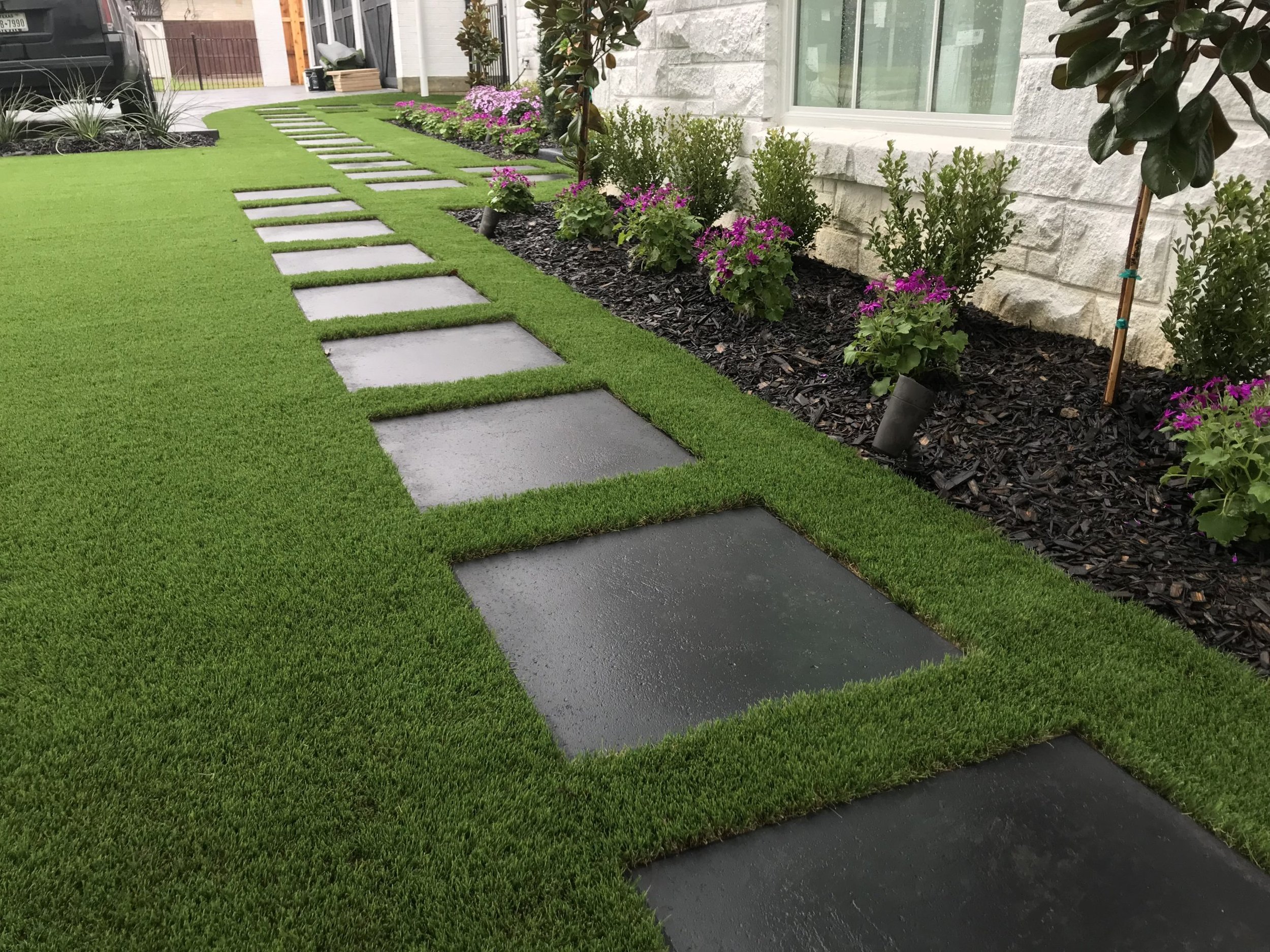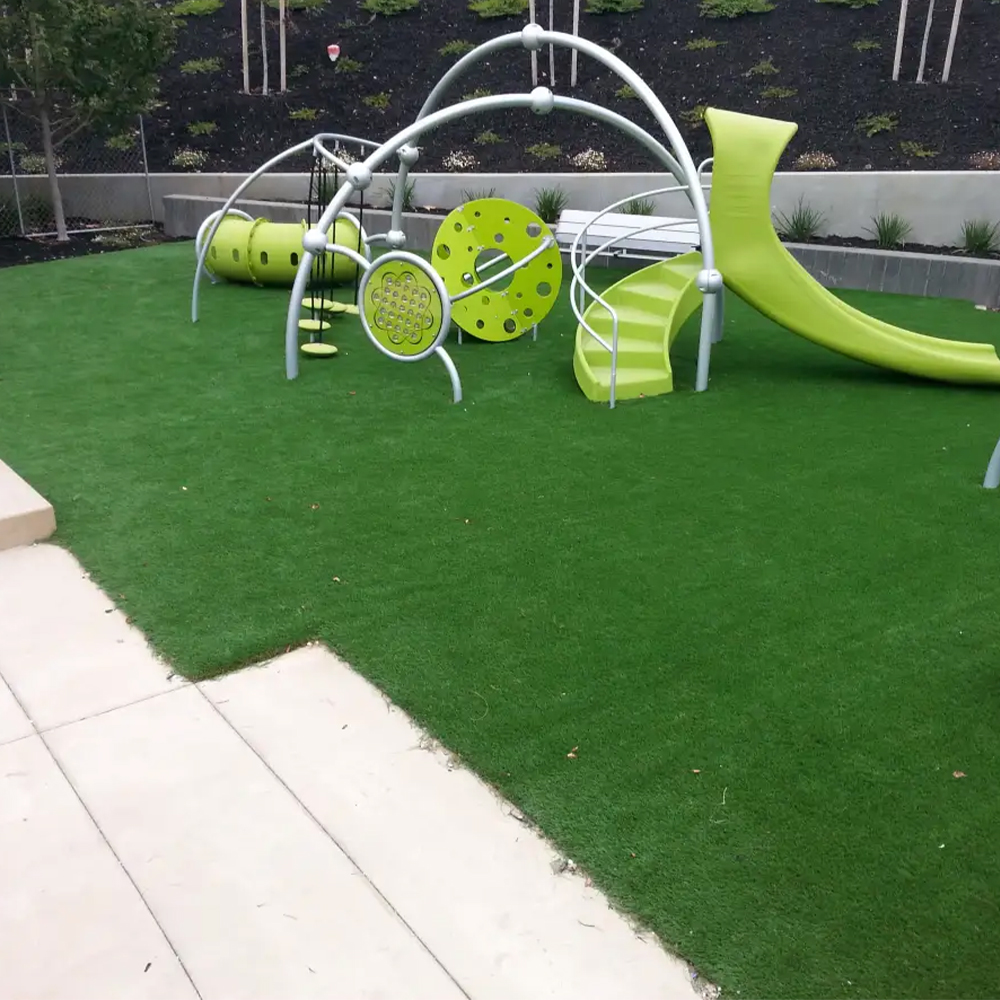Experience a Perfect Lawn with Arizona Artificial Turf for Any Outdoor Space
Experience a Perfect Lawn with Arizona Artificial Turf for Any Outdoor Space
Blog Article
Explore the Environmental Conveniences of Opting for Artificial Grass Solutions
The adoption of fabricated lawn options offers a compelling opportunity to attend to pushing ecological obstacles. By substantially decreasing water usage and lessening the application of harmful chemicals, these choices not just promote sustainable landscape design however likewise safeguard regional ecosystems. The reduced carbon impact connected with lowered upkeep tasks adds to a much more lasting method to land monitoring. The ramifications of these benefits prolong past simple preservation efforts, raising concerns about their long-term effect on habitat preservation and general environmental equilibrium. Checking out these dimensions discloses a complex interplay worth considering.
Water Preservation Perks
One of the most significant advantages of synthetic turf is its capacity to preserve water. In contrast, fabricated turf does not need watering, dramatically minimizing the general need for water sources.
By removing the need for normal watering, synthetic grass adds to lasting landscape methods and assists alleviate the ecological effect of extreme water usage. The conservation of water expands to the decrease of runoff, which can lead to dirt disintegration and river air pollution.
Furthermore, the installment of synthetic grass enables municipalities and home owners to assign water sources a lot more successfully, concentrating on necessary uses such as drinking water and farming. The change in the direction of synthetic grass not only advertises liable water usage but also straightens with broader environmental goals focused on preserving natural deposits.
As communities increasingly focus on sustainability, the water conservation advantages of synthetic grass offer an engaging case for its fostering in industrial and property landscaping projects.
Reduced Chemical Usage
The shift to artificial lawn substantially decreases the reliance on chemical treatments commonly used in all-natural lawn maintenance. Conventional lawn monitoring generally entails the application of pesticides, fertilizers, and herbicides to advertise development and control bugs. These chemicals can position risks to human health, regional wildlife, and the setting, adding to dirt and water contamination.
In contrast, synthetic grass gets rid of the requirement for these dangerous substances. As soon as set up, it calls for marginal upkeep, largely containing regular cleaning and infrequent infill replenishment. This reduction in chemical use not just profits the prompt setting yet likewise adds to more comprehensive environmental security. By minimizing the launch of synthetic substances into the ecosystem, synthetic grass promotes healthier soil and water systems.
Additionally, the lack of chemical overflow connected with synthetic grass installments helps protect local waterways from pollution, supporting water life and keeping biodiversity. Turf installation phoenix az. As communities increasingly prioritize sustainable practices, going with synthetic turf provides a sensible service that straightens with environmental preservation objectives. Through this shift, homeowner can delight in lavish eco-friendly areas without endangering ecological wellness, leading the way for an extra sustainable future
Lower Carbon Impact

In addition, the installment of synthetic grass can result in substantial water preservation. Natural lawns need substantial amounts of water for irrigation, which not only includes to the carbon footprint associated with water extraction and therapy however likewise strains local water resources. In contrast, synthetic grass requires minimal maintenance, needing no watering, therefore considerably decreasing water use and its linked energy prices.
Furthermore, the durability of synthetic lawn adds to its decreased carbon effect. With a life-span of as much as 15 years or even more, the demand for frequent substitutes is diminished, resulting in much less waste and reduced power intake in manufacturing and throwing away typical grass options. In general, artificial turf offers a lasting option for environmentally mindful landscape design.
Habitat Conservation
Environment preservation is a crucial factor to consider in the dispute over landscape design options, especially when contrasting man-made grass to all-natural turf. Natural grass lawns often require considerable maintenance, including making use of chemicals, plant foods, and click to read herbicides, which can detrimentally affect neighborhood communities. These chemicals can seep into the soil and rivers, harming indigenous plants and animals and interrupting local environments.
Fabricated lawn removes the demand for hazardous chemicals, therefore shielding nearby wildlife and preserving the honesty of bordering ecosystems. The installation of fabricated grass can lead to the conversion of previous grass areas into more biodiverse landscapes, such as pollinator gardens or indigenous plant areas, which can sustain neighborhood wild animals.
Inevitably, the change you can check here to synthetic grass not only conserves water and lowers upkeep initiatives however also fosters a much more harmonious relationship between human tasks and the natural setting, promoting environment preservation in the process.
Long-Term Sustainability
Lasting sustainability is a vital consider reviewing the benefits of artificial grass over conventional grass yards. Among one of the most considerable benefits of synthetic grass is its longevity; it can last as much as 15-20 years with marginal maintenance, whereas all-natural turf calls for regular reseeding and substitute. This long life reduces the need for constant sources, such as water, fertilizers, and chemicals, which are necessary for keeping a healthy and balanced turf lawn.
Furthermore, synthetic grass contributes to a decrease in carbon emissions connected with lawn care devices. Conventional yards commonly require gas-powered lawn mowers, leaners, and blowers, every one of which add to air pollution. Phoenix turf companies. In comparison, fabricated lawn eliminates the requirement for such devices, advertising a cleaner atmosphere
Moreover, the manufacturing of fabricated turf significantly utilizes recycled products, boosting its sustainability profile. As suppliers embrace environmentally friendly methods, the ecological footprint of fabricated turf remains to reduce.

Final Thought
The fostering of artificial turf services presents substantial reference environmental advantages, including considerable water conservation, lowered reliance on unsafe chemicals, and a lower carbon footprint. Moreover, man-made grass help in protecting all-natural habitats by minimizing land disturbance and advertising long-lasting sustainability with the usage of sturdy materials. Jointly, these aspects emphasize the capacity of artificial lawn to add favorably to environmental health and use a sensible alternative to standard landscape design techniques in an increasingly resource-conscious world.
In comparison, artificial lawn does not need watering, dramatically reducing the total demand for water sources. By minimizing the launch of artificial substances right into the environment, fabricated lawn advertises healthier dirt and water systems.
Additionally, the setup of synthetic lawn can result in significant water preservation. In contrast, fabricated grass requires marginal upkeep, needing no watering, therefore significantly minimizing water use and its connected energy costs.

Report this page